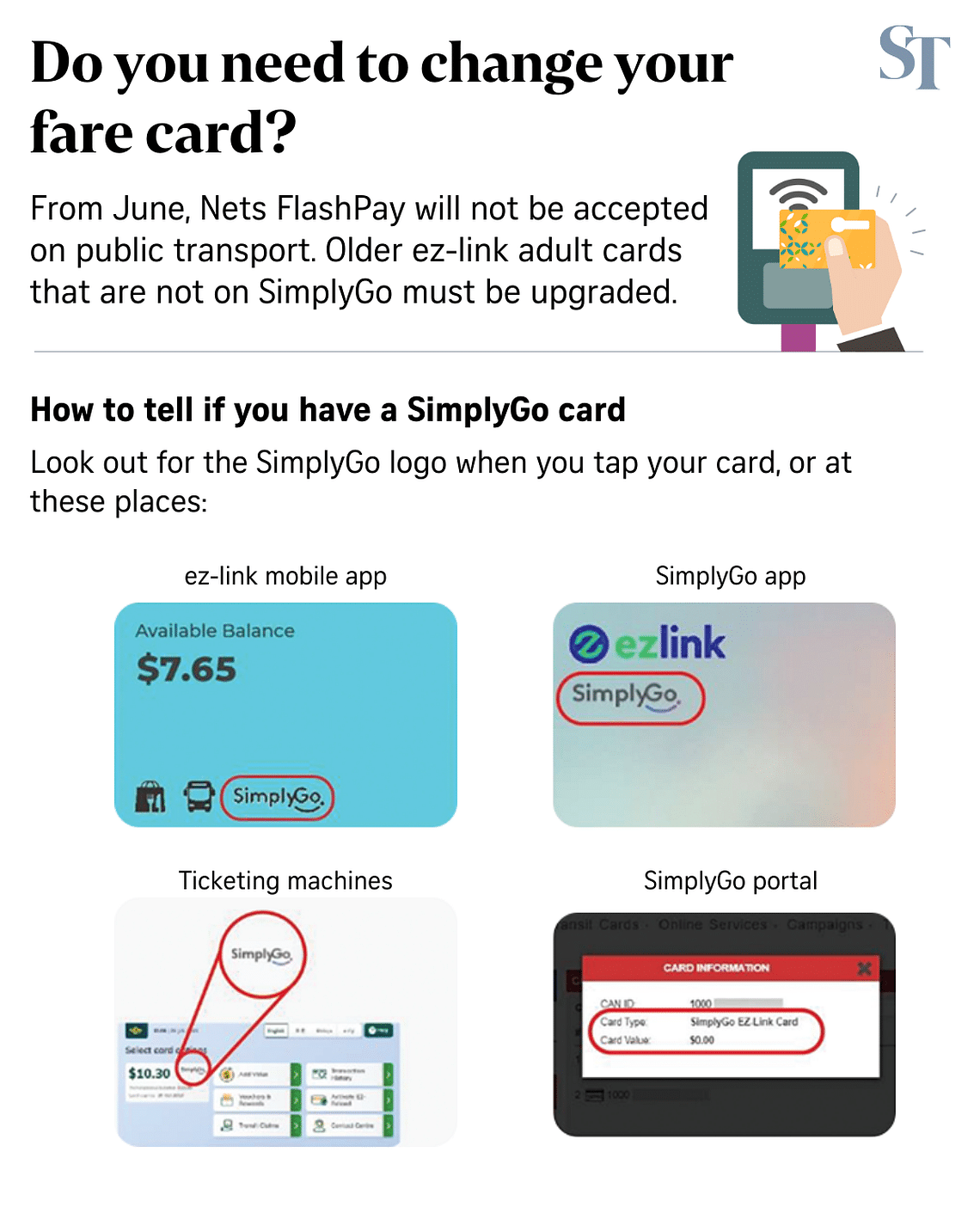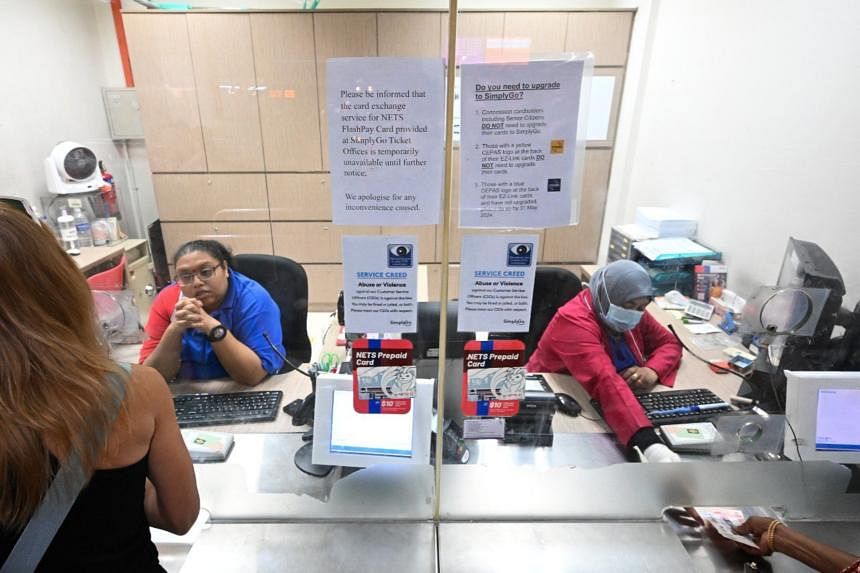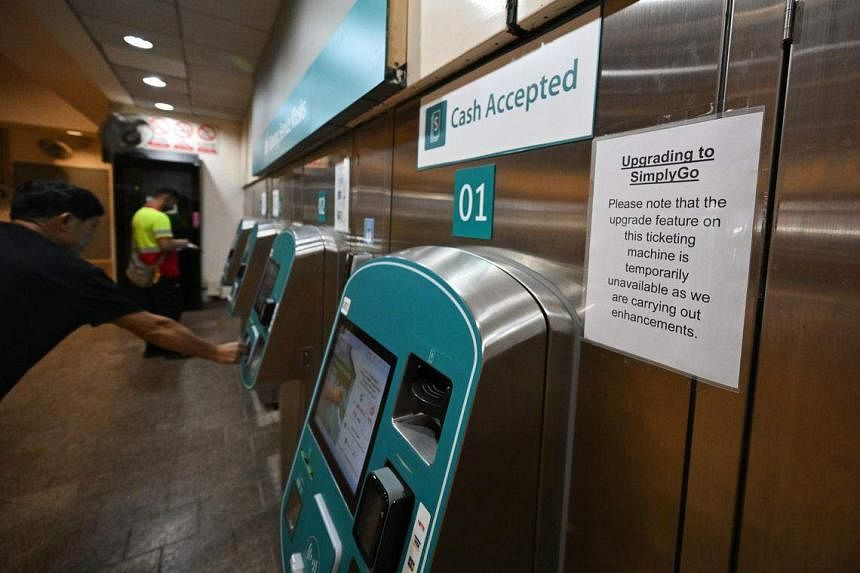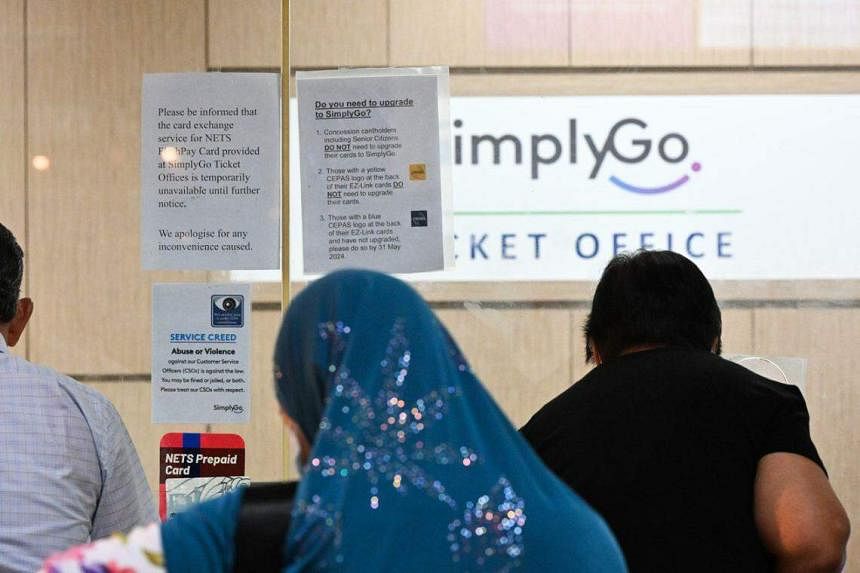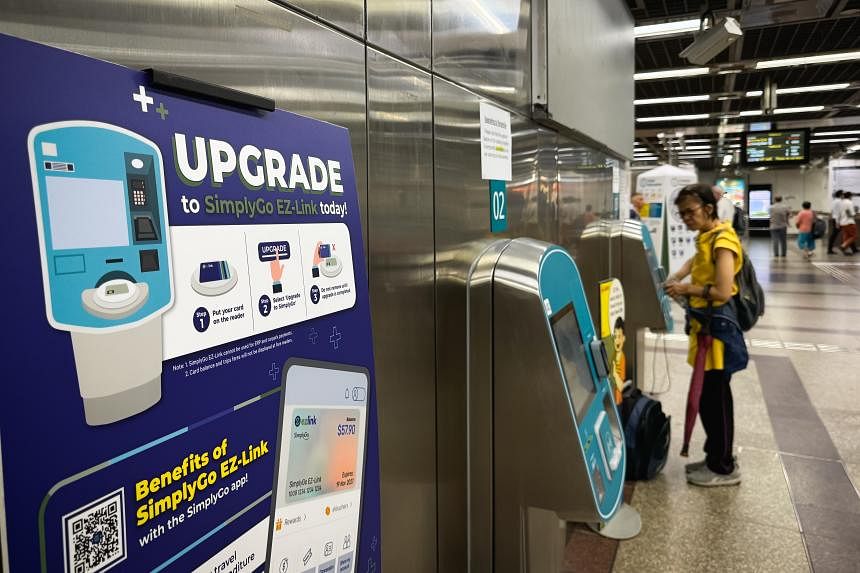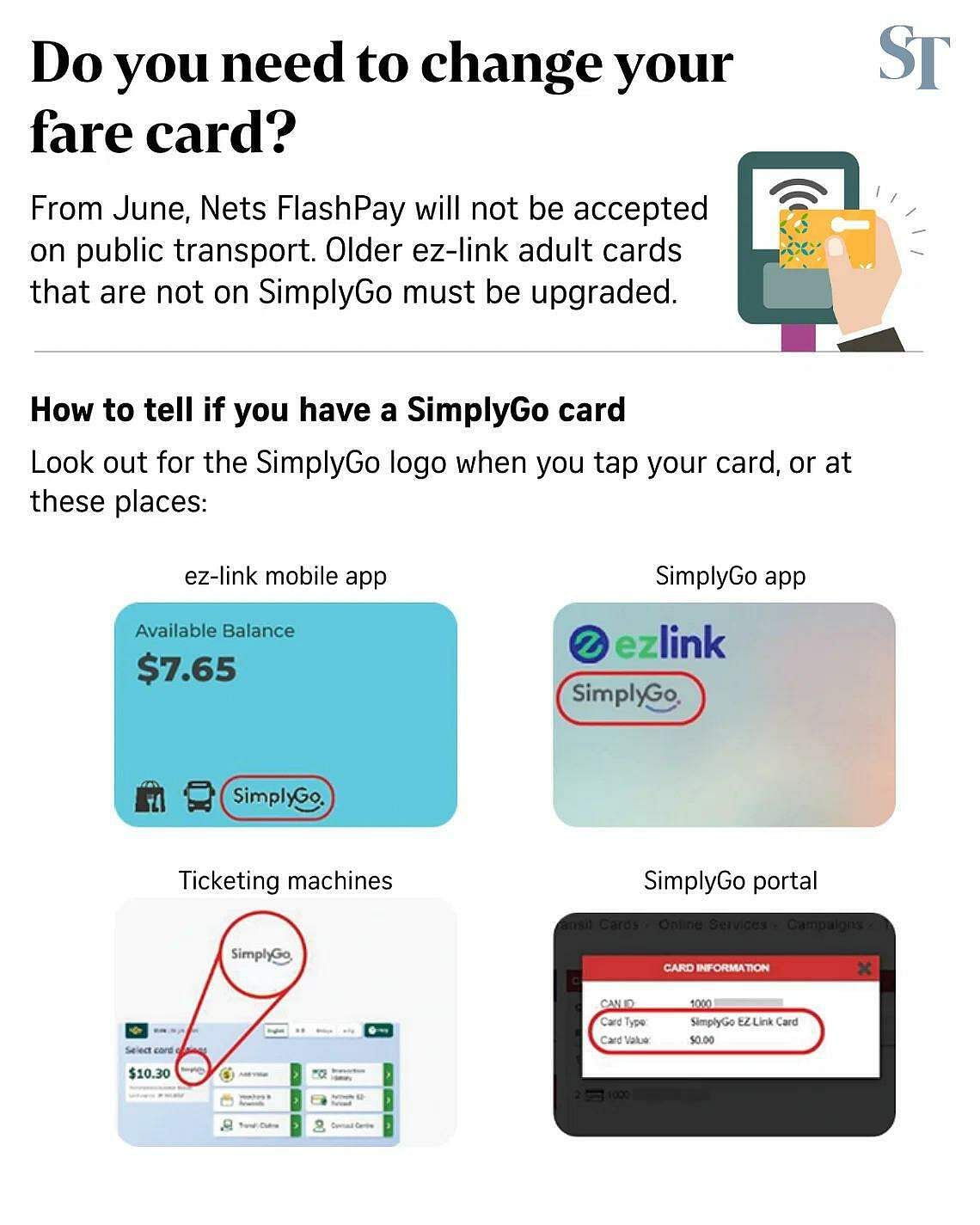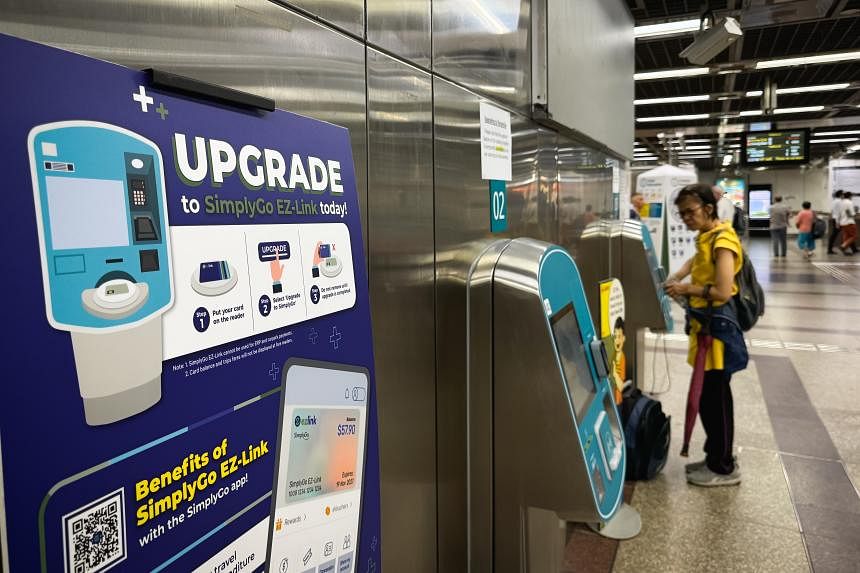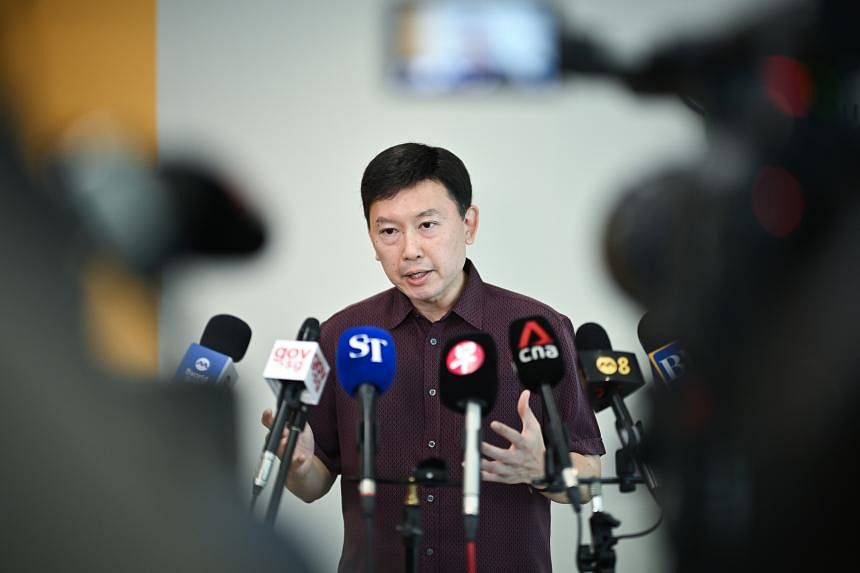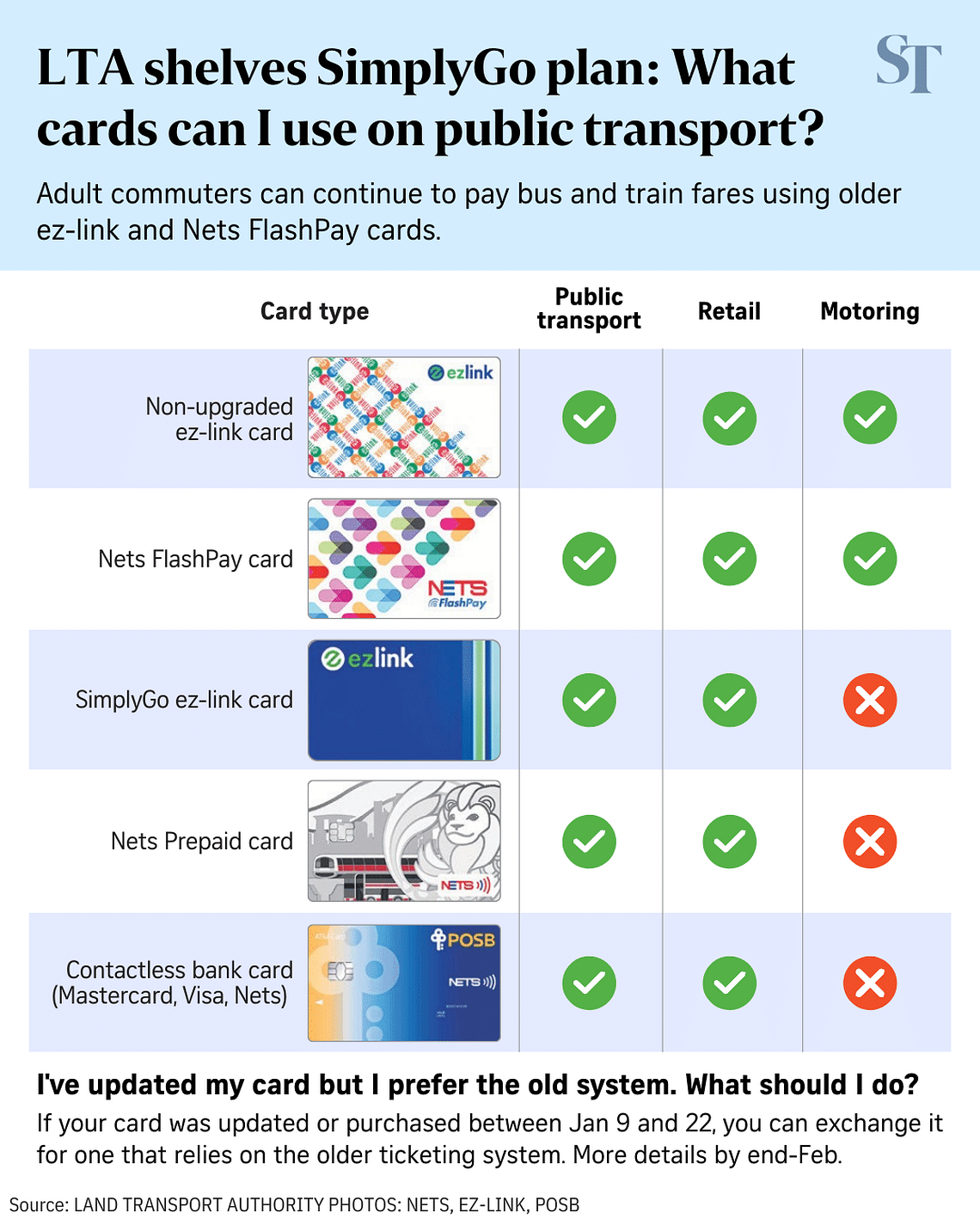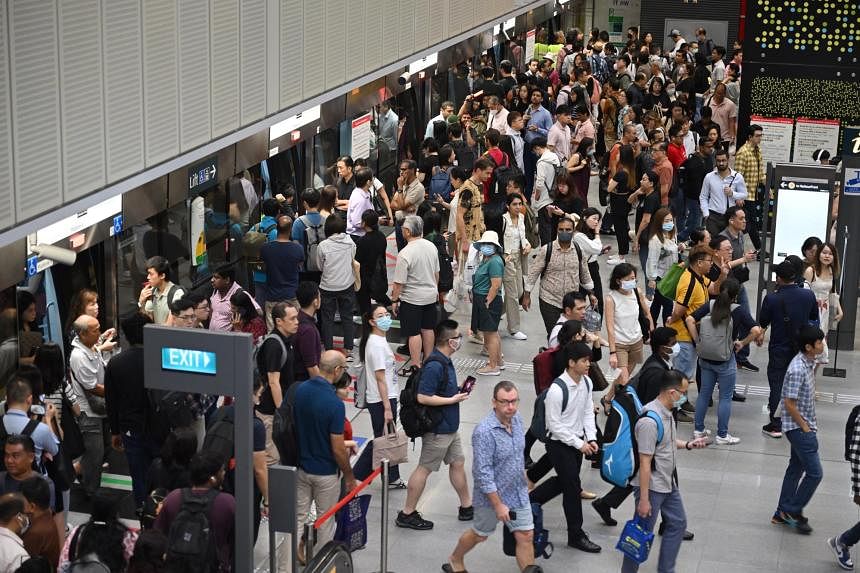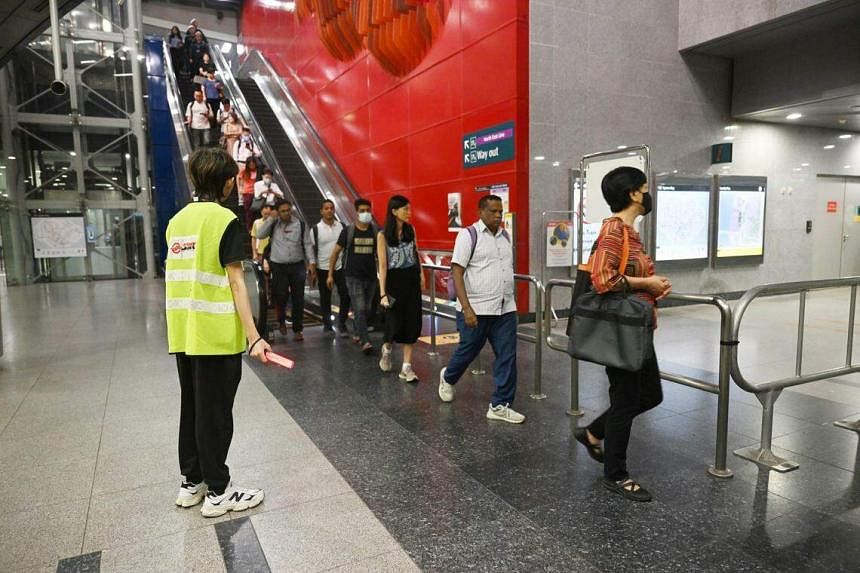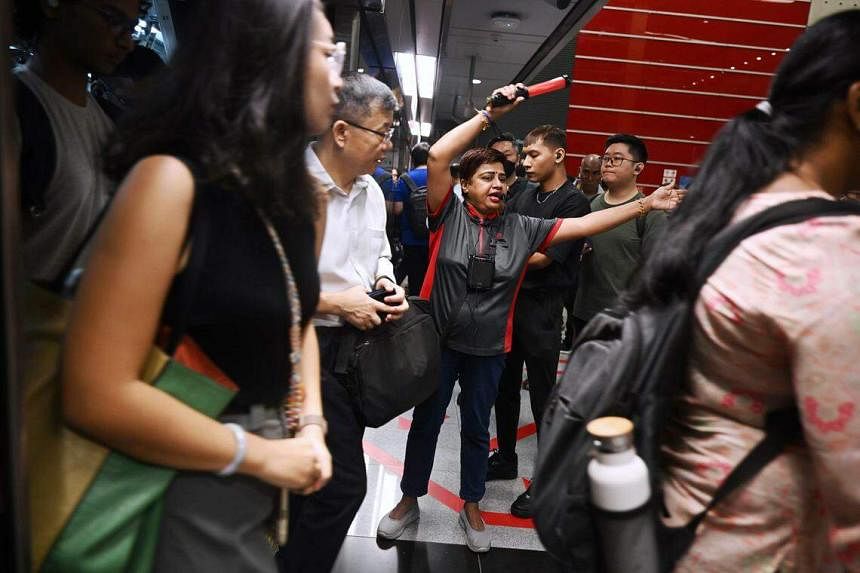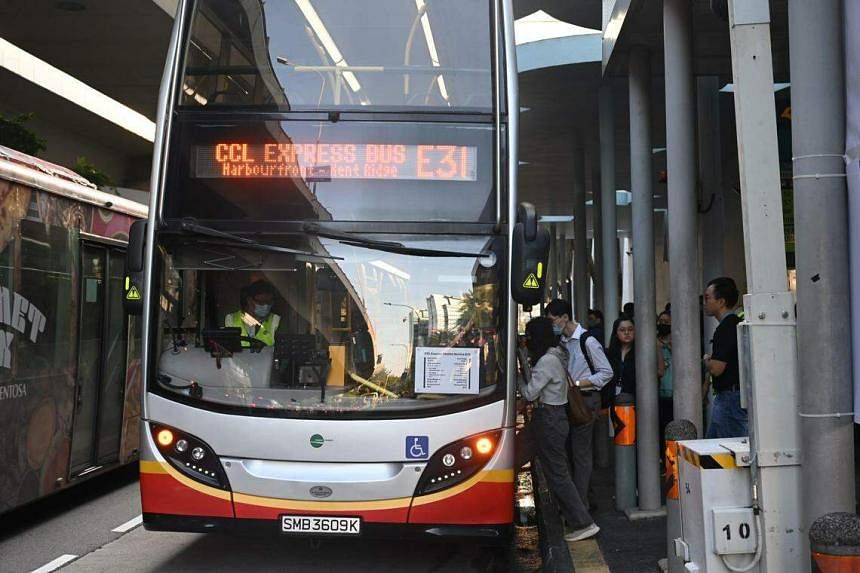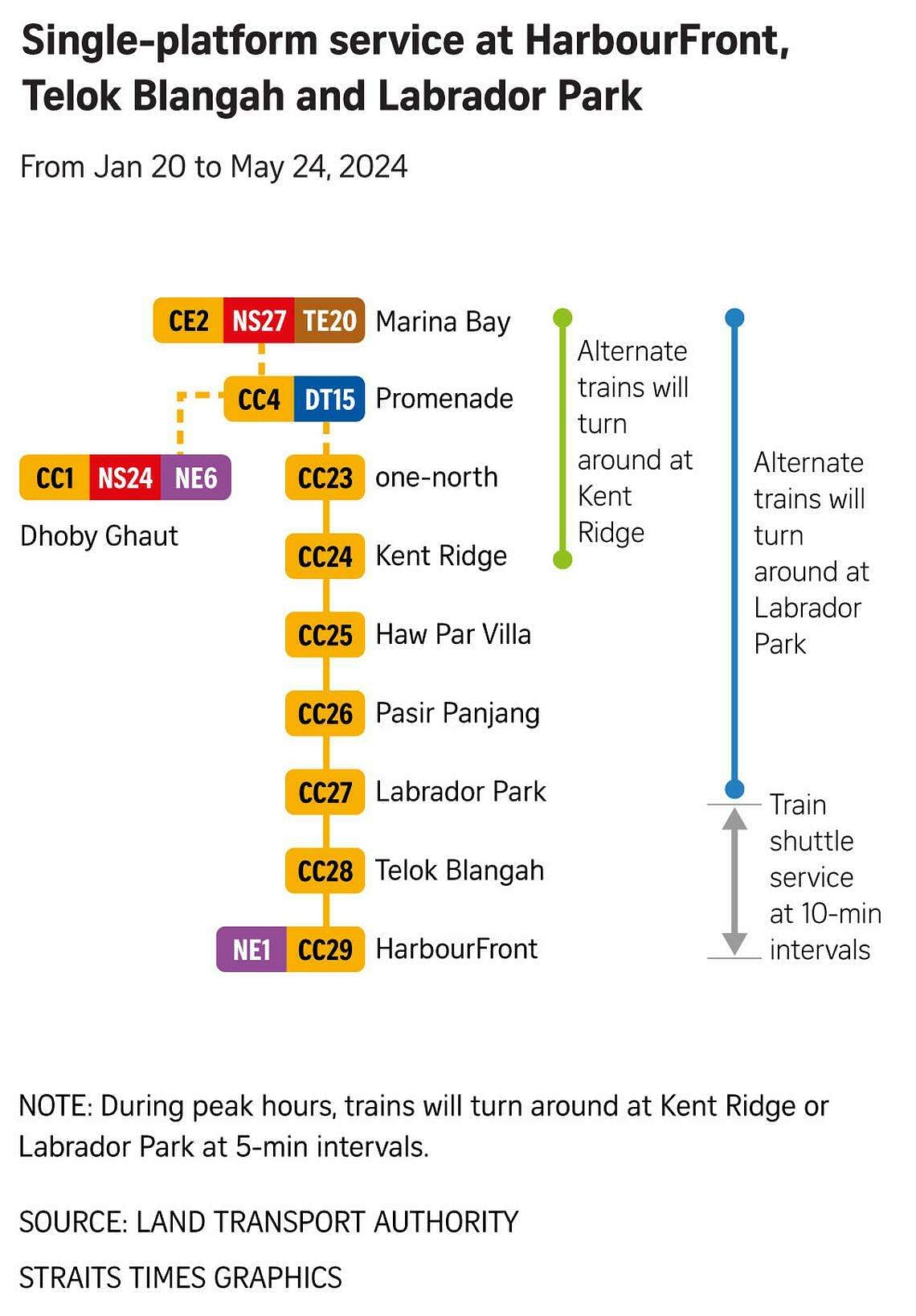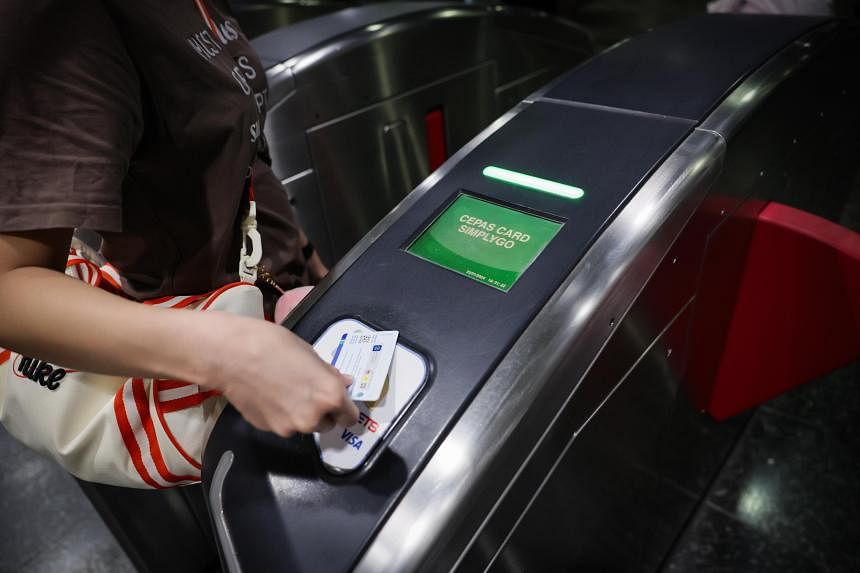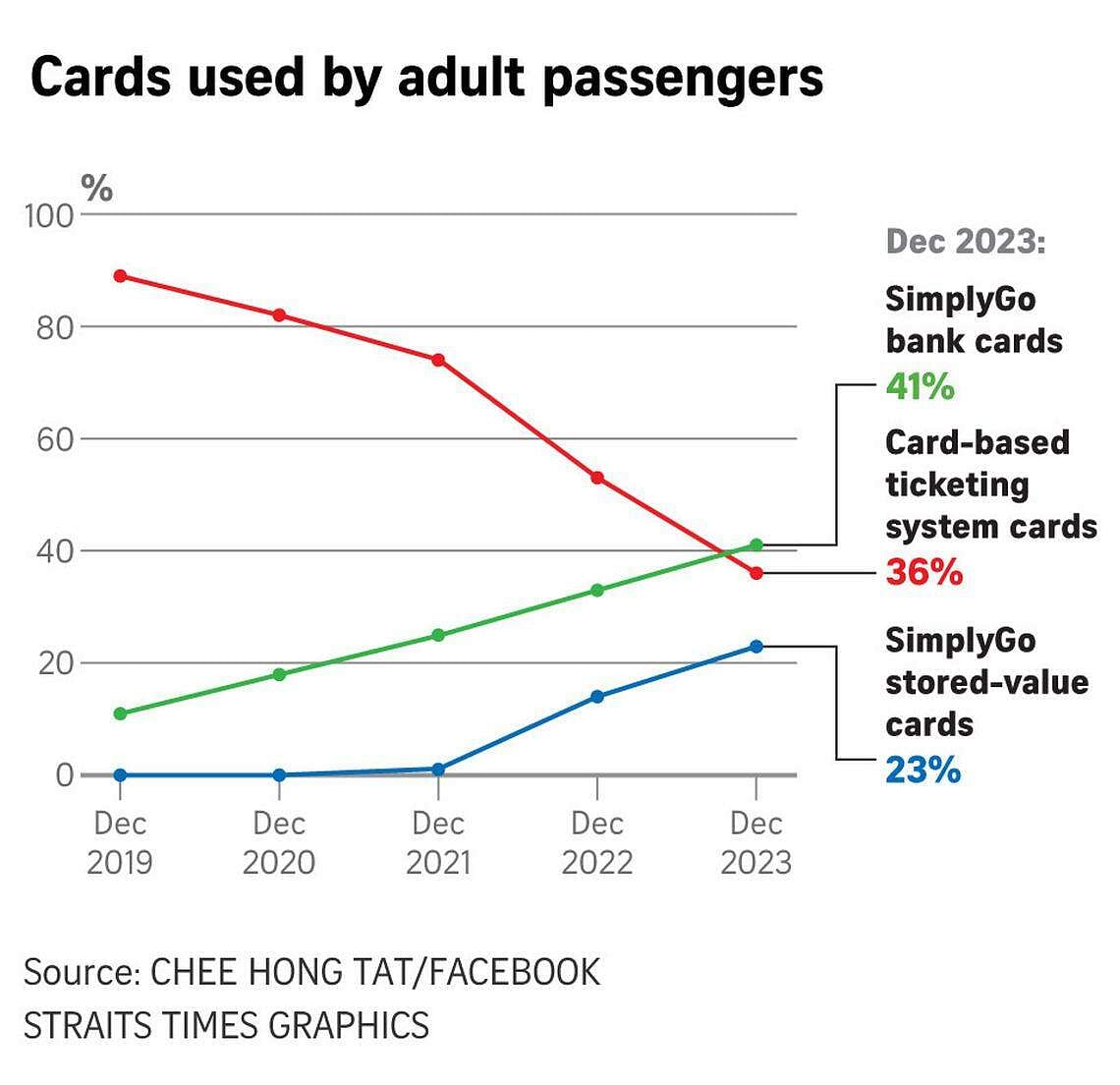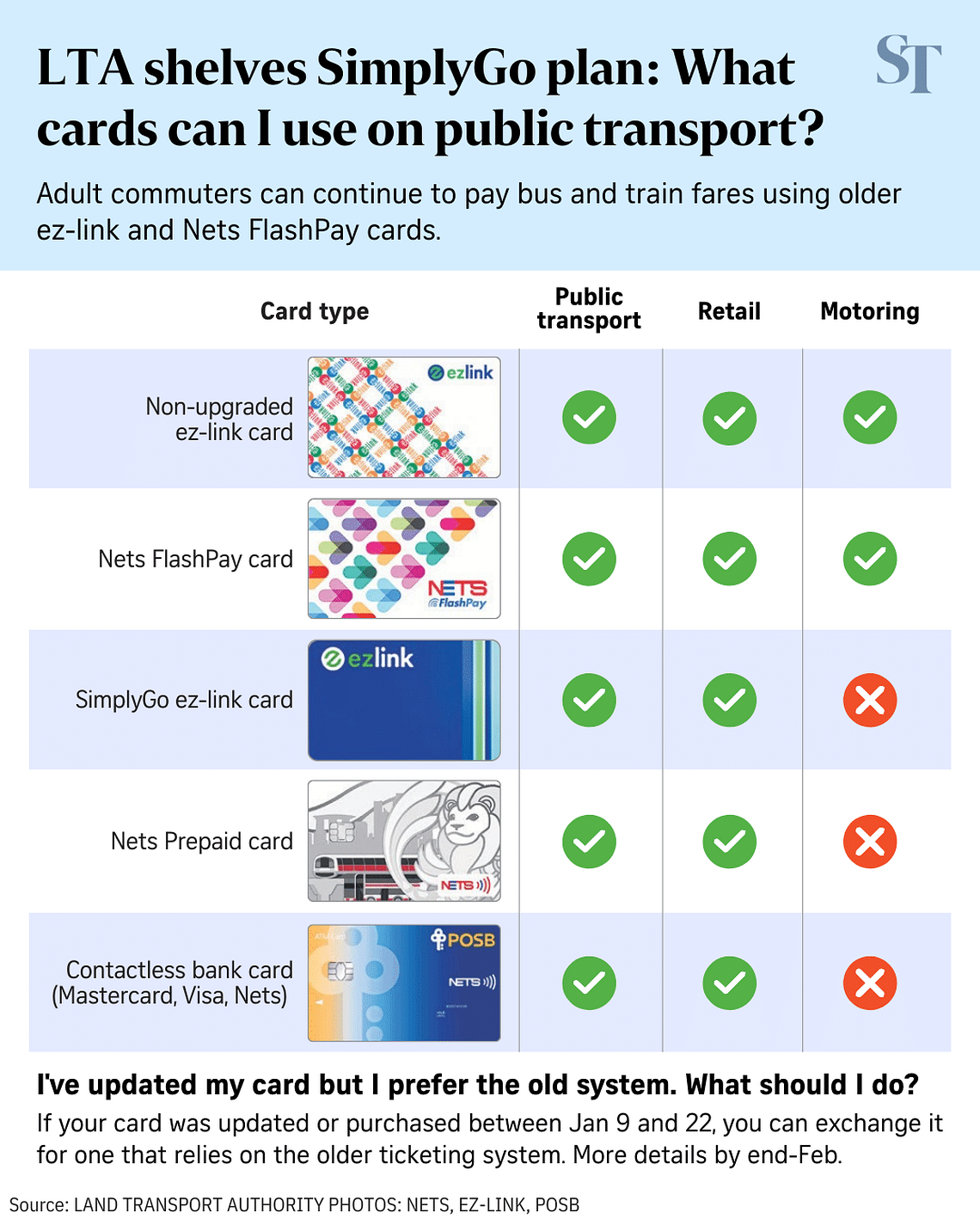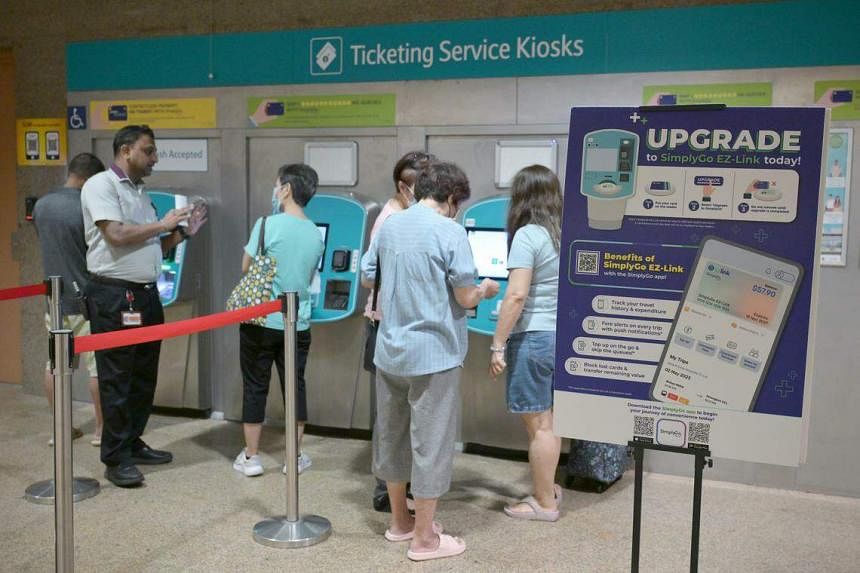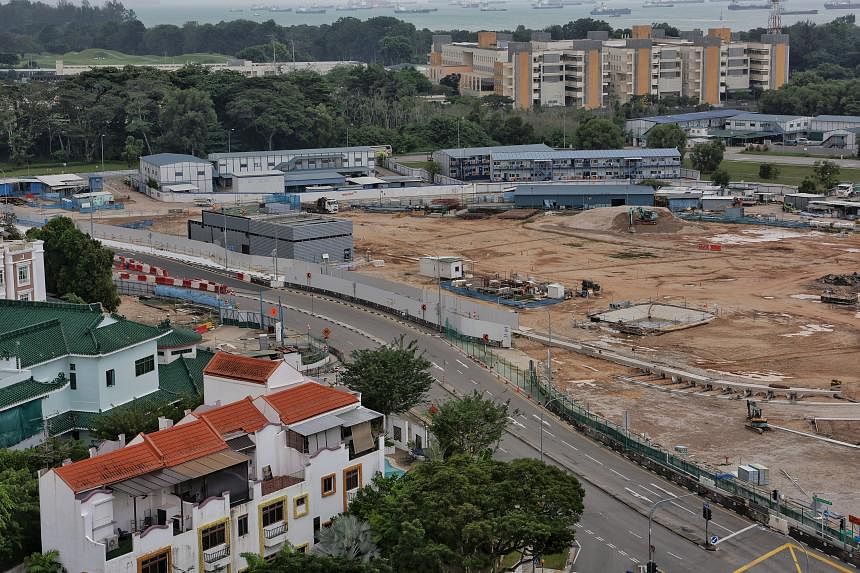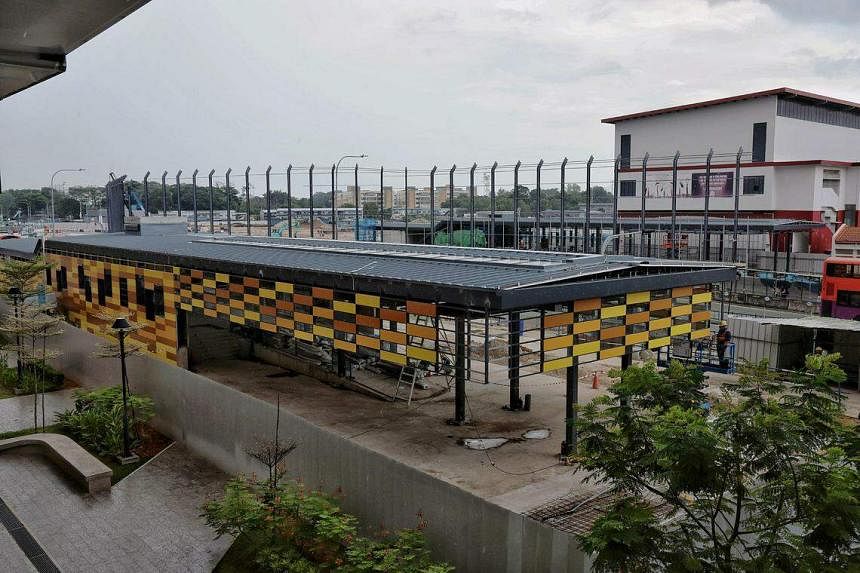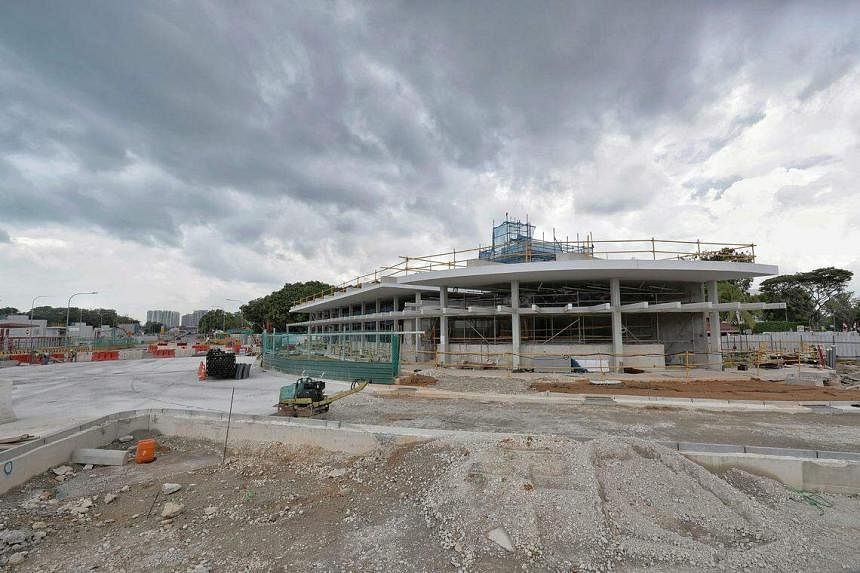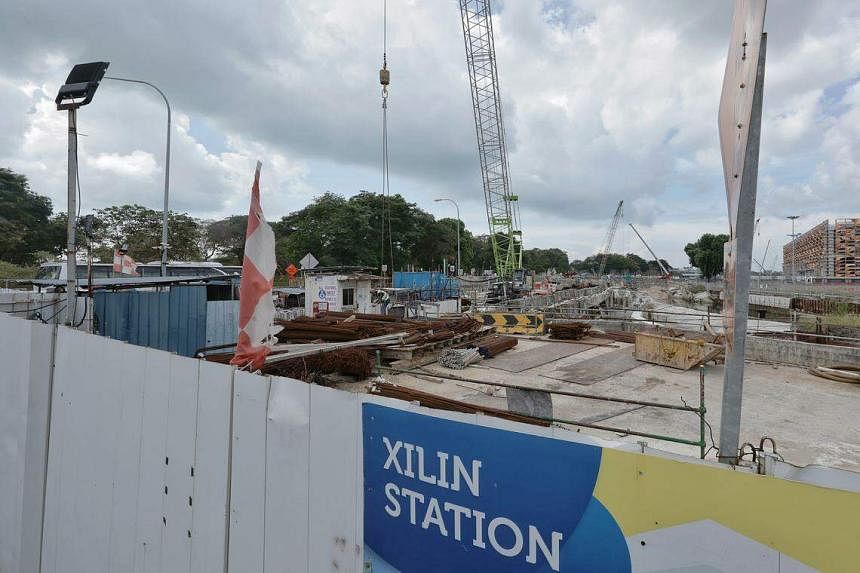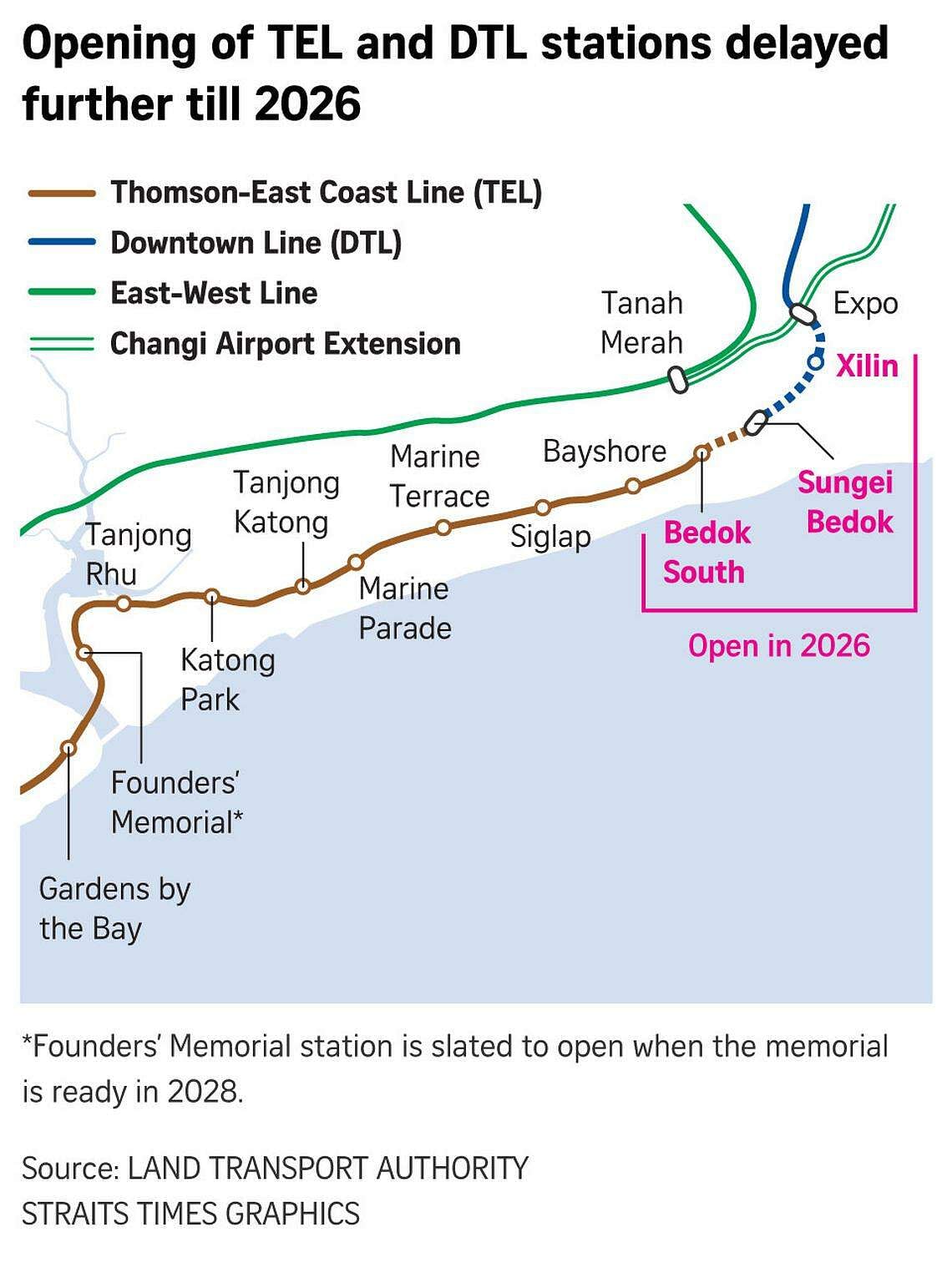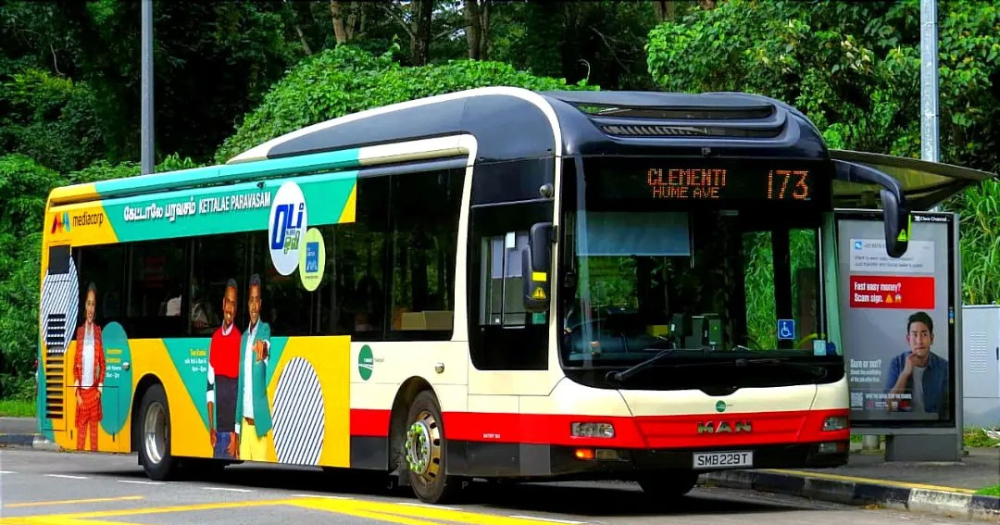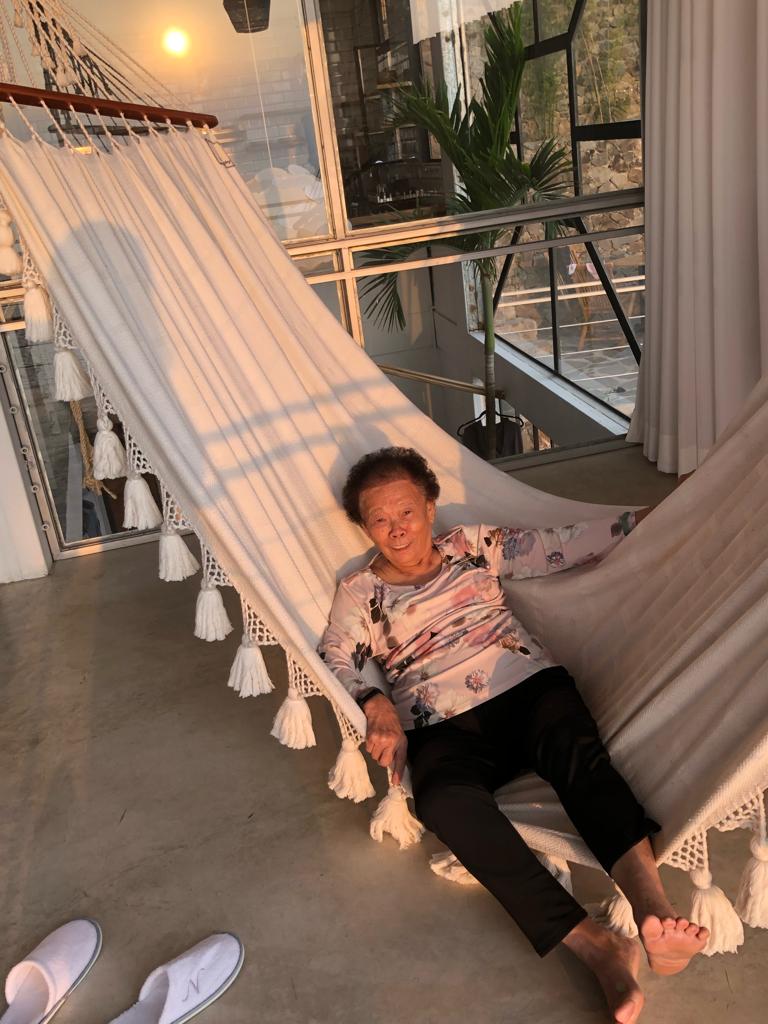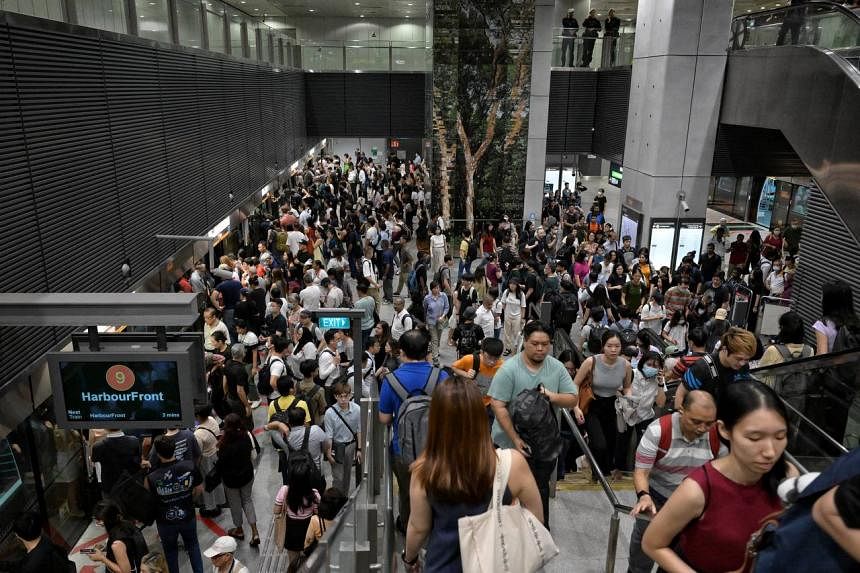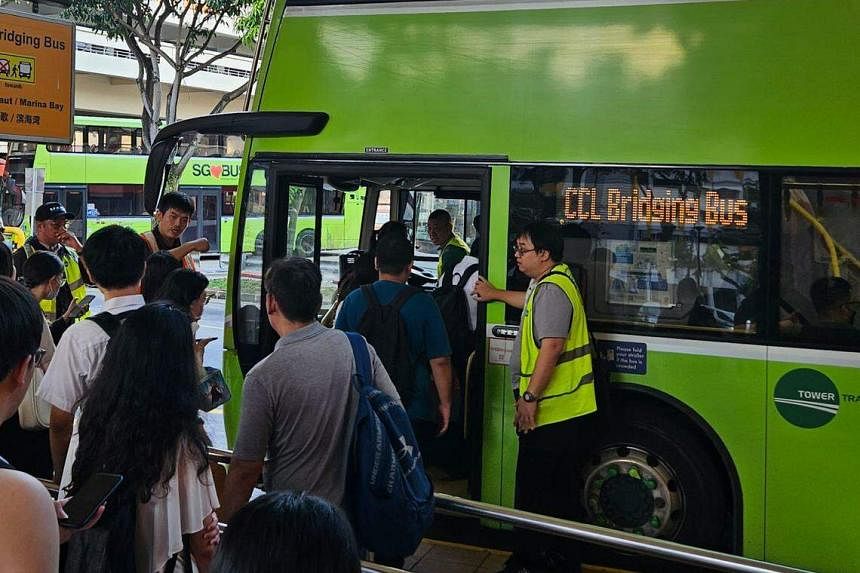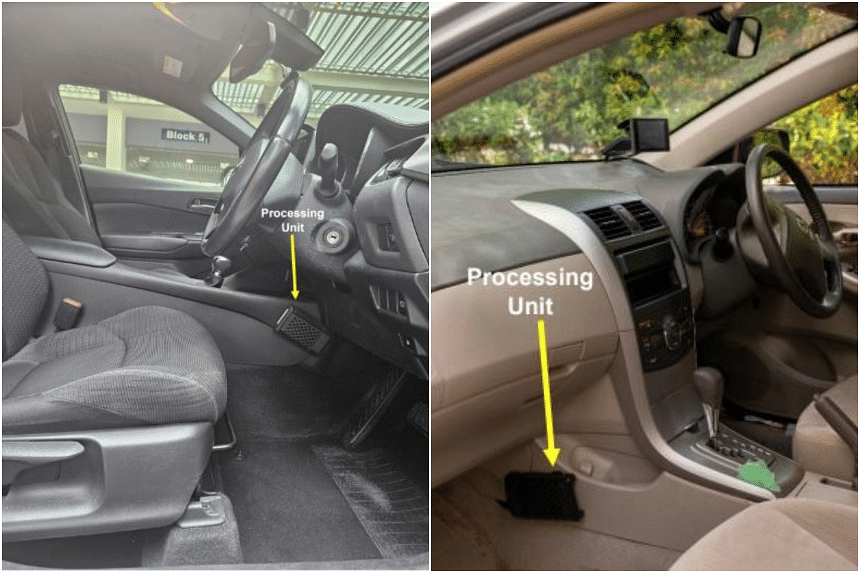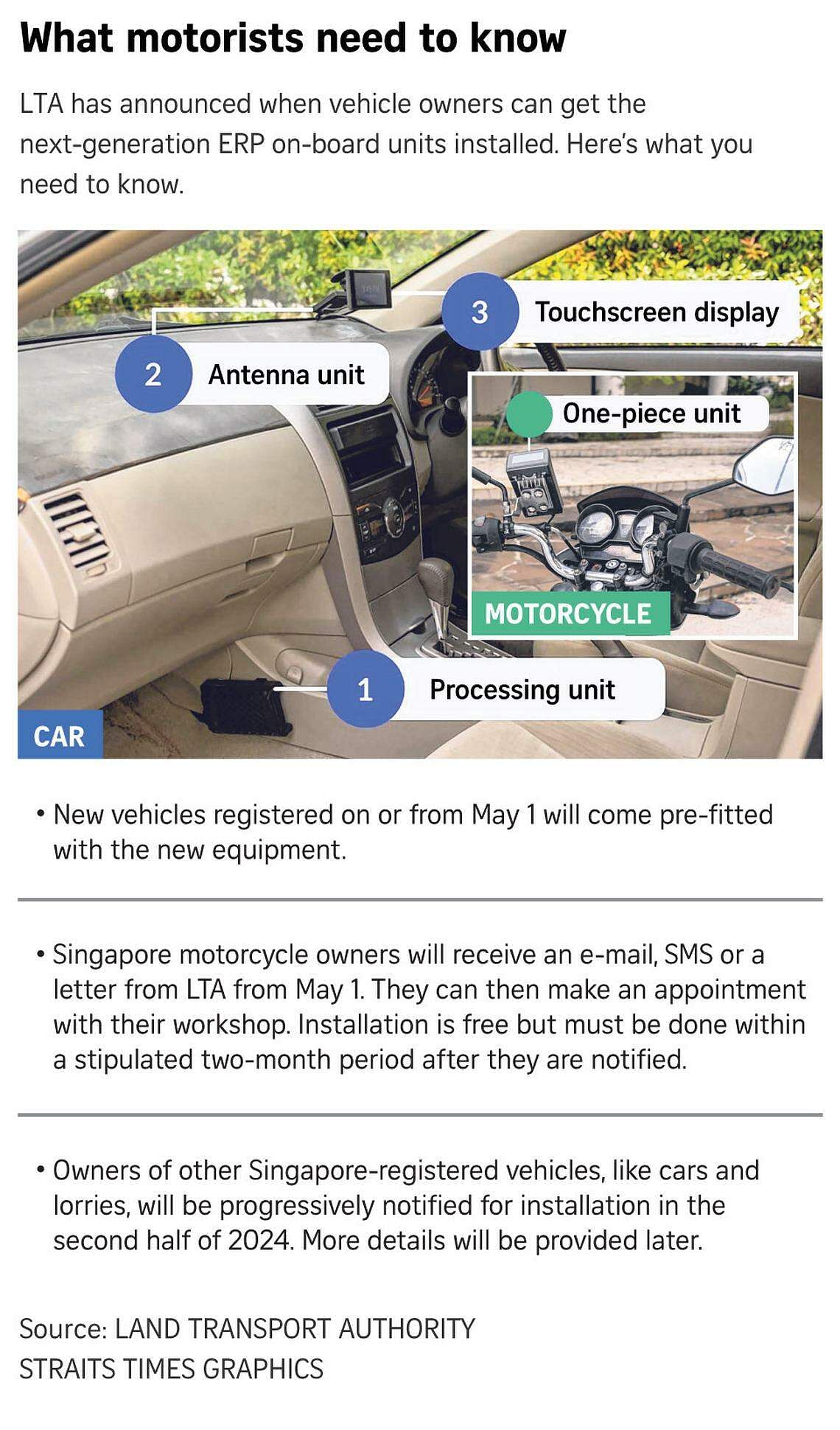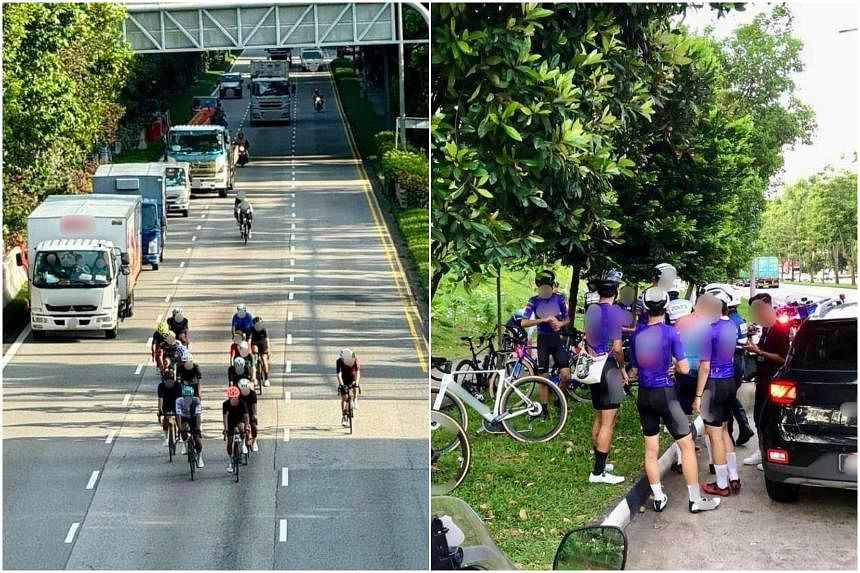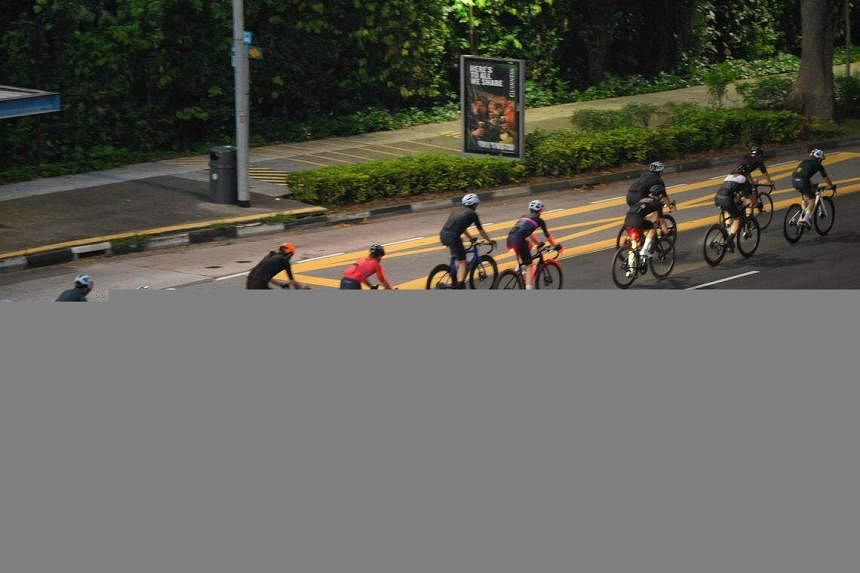- Joined
- Jul 25, 2008
- Messages
- 13,542
- Points
- 113
SimplyGo app overwhelmed by downloads after move to phase out older cards
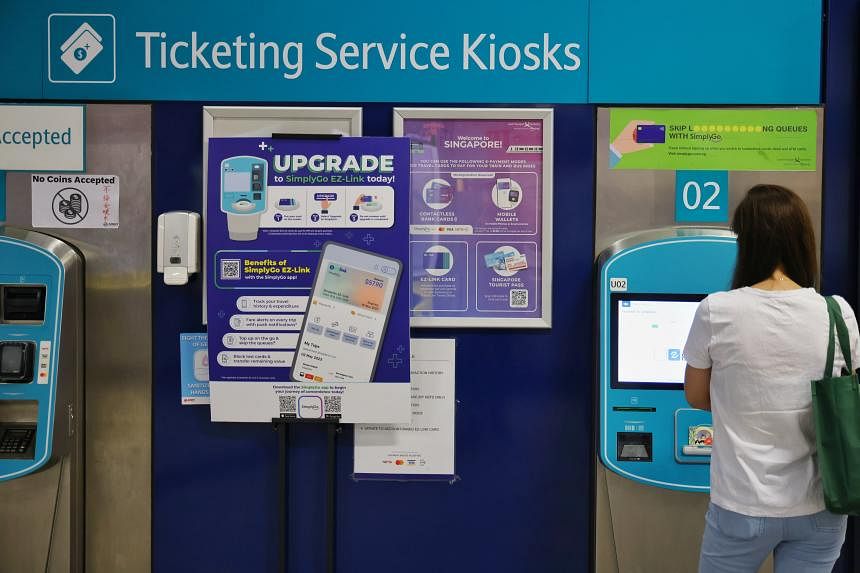
From June 1, passengers will not be able to use older, non-SimplyGo-compatible ez-link cards or Nets FlashPay cards to pay for their transport fares. ST PHOTO: JASON QUAH

Lee Nian Tjoe
Senior Transport Correspondent
JAN 11, 2024
SINGAPORE – The SimplyGo app became less responsive and users were unable to use some of its features on Jan 10, a day after the authorities announced that older adult ez-link cards must be upgraded to the SimplyGo platform for fare payments from June.
Updated versions of the app became available for download on the evening of Jan 10.
In response to questions from The Straits Times, a spokesperson for the Land Transport Authority (LTA) said late on Jan 10: “The surge in transaction volume resulted in the app becoming less responsive. TransitLink is working to resolve this and has enhanced the app further to address the issues. The new updated app can now be downloaded from the Apple and Android app stores.
“We apologise for the inconvenience.”
TransitLink, an LTA subsidiary, is listed as the developer of the SimplyGo app.
On Jan 10, some users also faced difficulties in upgrading their ez-link cards to the SimplyGo system at SimplyGo ticket offices and ticketing machines at MRT stations and bus interchanges.
The problem persisted into Jan 11, with the SimplyGo Facebook page continuing to draw complaints from those who failed to upgrade their cards.
The LTA spokesperson told ST on Jan 11 that it has been working with its vendors to improve its backend systems to handle more upgrades.
“Commuters who were unsuccessful in upgrading their cards can approach SimplyGo ticket offices or ticketing service centres for assistance,” said the spokesperson.
From June 1, passengers will not be able to use older ez-link cards that are not compatible with SimplyGo or Nets FlashPay cards to pay for their fares on public buses and trains.
Passengers have until Aug 31 to upgrade their older ez-link cards at SimplyGo ticket offices, ticketing service centres and ticketing machines at rail stations and bus interchanges, LTA announced on Jan 9.
As early as the morning of Jan 10, users took to SimplyGo’s Facebook page with complaints about issues they faced in registering for an account, resetting passwords or accessing other features on the app.
As at 7pm on Jan 11, there were more than 150 comments on SimplyGo’s Facebook post.
The SimplyGo app lets users top up their cards, receive notifications on their fares and balances, and block further transactions if the cards are misplaced.
With SimplyGo, fares charged are not displayed on the fare reader.
After repeated tries on the afternoon of Jan 10, ST could not access the app or sign in to the SimplyGo website.
The app issue was resolved after downloading the updated software at 11.30pm, although the app and SimplyGo website still carried a message advising users that functions may be affected because of the “overwhelming” number of app downloads. This advisory was no longer there by the afternoon of Jan 11.
Over at rail stations and bus interchanges, the surge in passengers upgrading their cards at ticketing machines had caused the machines to be less responsive, said LTA.
Automotive industry consultant Say Kwee Neng said he managed to upgrade his ez-link card on Jan 10 at Upper Thomson MRT station after switching to a second ticketing machine, as the screen on the first machine he used froze before the upgrading process could be completed.
The 57-year-old added that it took more than five minutes to get his ez-link card upgraded. ST, however, managed to upgrade an ez-link card in less than a minute at around 10.50pm on Jan 10 at Stevens MRT station.
Facility management purchaser Toh Yong Soon, 48, started using a SimplyGo-compatible ez-link card and the app six months ago.
He said the app was unresponsive on Jan 10, and he did not get notifications on his fare transactions.
“I’ve been travelling blind the whole day, not knowing the fare,” Mr Toh said.
He added that when he was at Bugis MRT station at noon on Jan 10, he saw two men walk away from the ticketing machine after they failed to upgrade their ez-link cards.
As at December 2023, there were 2.6 million adult fare transactions done on SimplyGo daily, compared with 1.5 million such transactions made using ez-link and Nets FlashPay cards.
